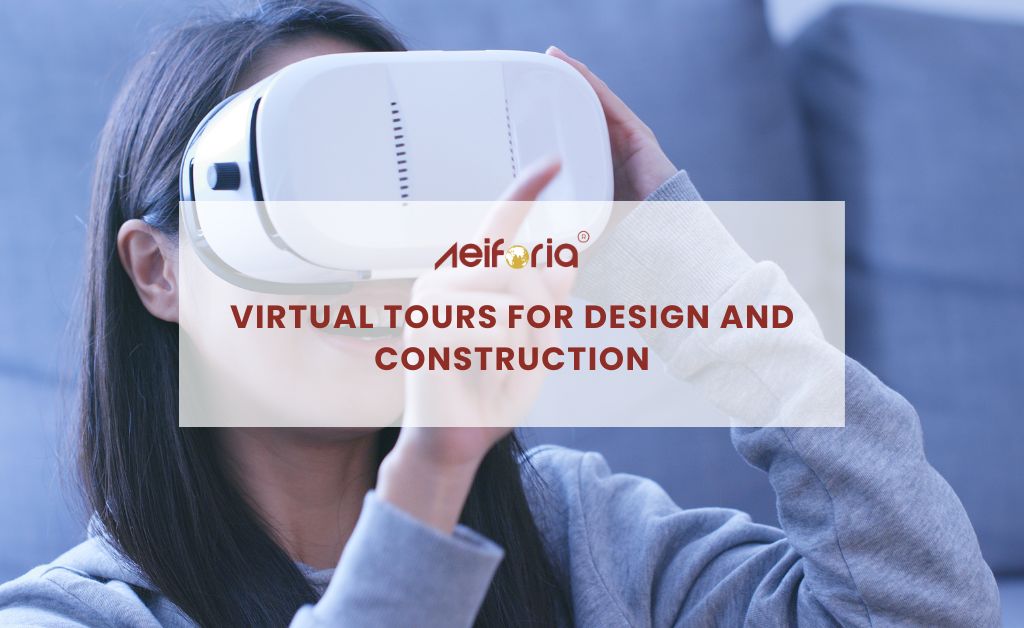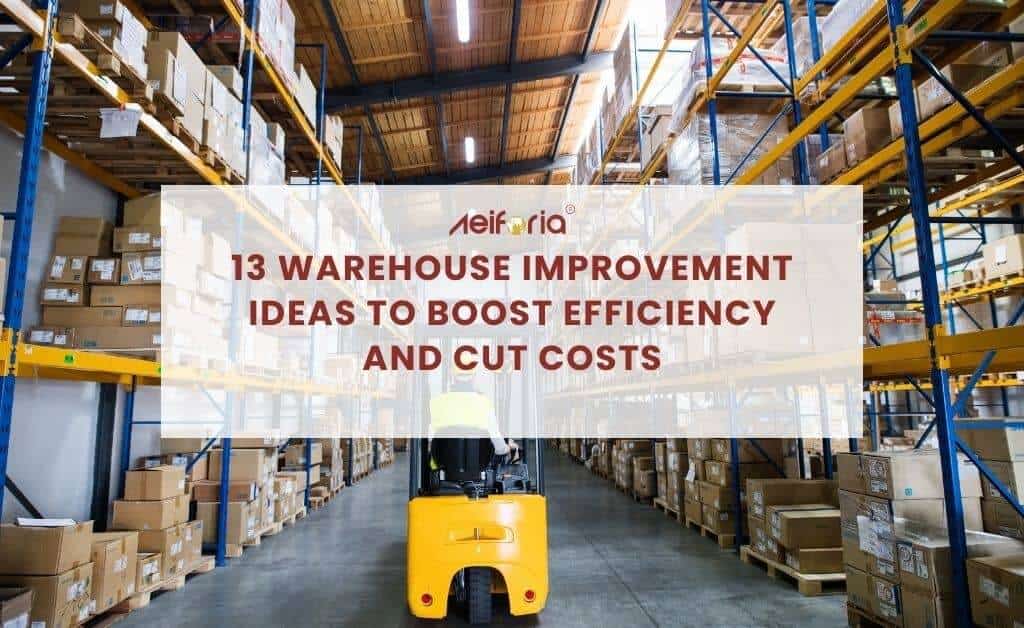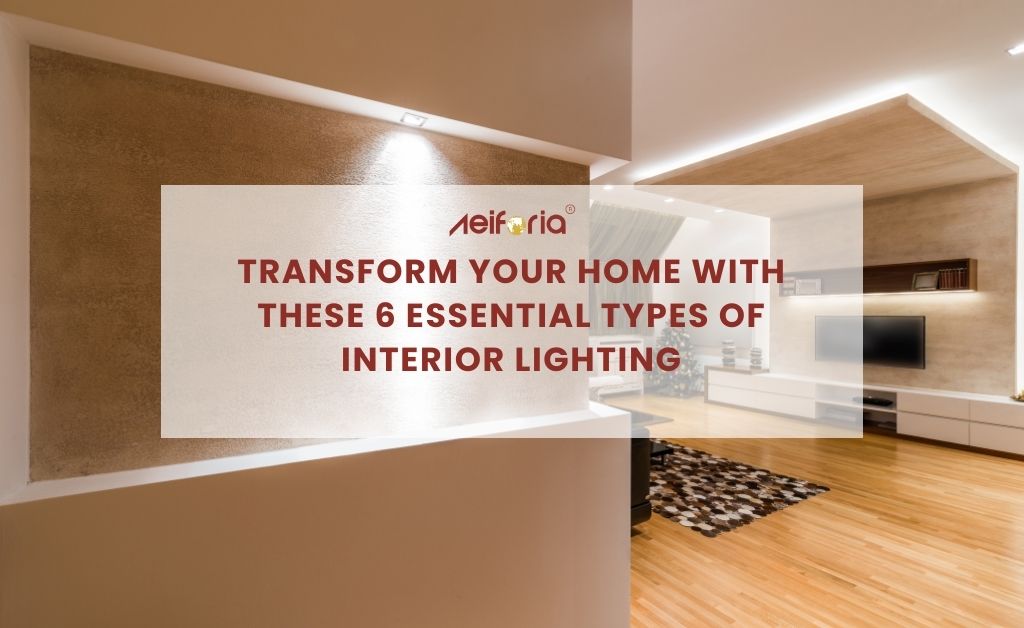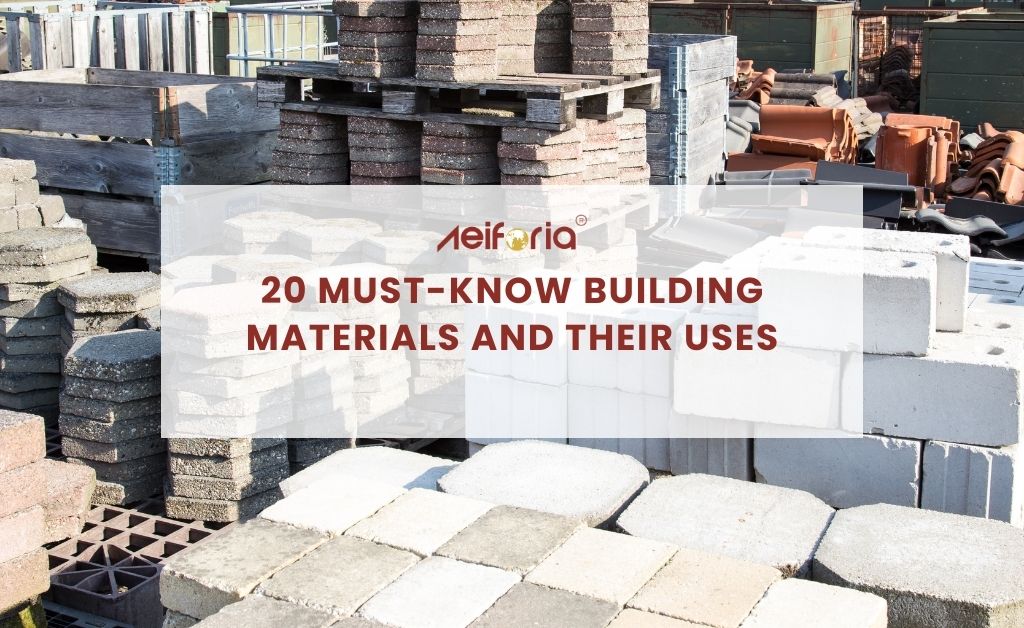
Virtual Tours for Design and Construction: Experience 360 Views
Design, building, and construction projects are complex undertakings that involve many different stages and processes. From the initial planning and design phases to the actual construction and finishing touches, there are countless details to consider and decisions to be made. Virtual tours and 360 views can be powerful tools for architects, builders, and other professionals in the industry to showcase their work, communicate ideas, and collaborate with clients and colleagues.
Using virtual tours and 360 views, designers and builders can provide clients with a more immersive and realistic experience, allowing them to explore the space and better understand how it will look and feel. They can also use these tools to communicate design ideas more effectively and to troubleshoot potential issues before construction begins.
Virtual tours and 360 views can also be helpful for training and educational purposes, allowing students and new professionals to better understand the design and construction process. By using these tools, students can gain more hands-on experience and better prepare themselves for the challenges of the real-world work environment.
Overall, virtual tours and 360 views offer a powerful way for designers, builders, and other professionals in the industry to showcase their work, collaborate with others, and improve their skills and knowledge. With the latest technology and software, these tools are becoming increasingly accessible and easy to use, making them an essential part of the design and construction industry.
What Is Virtual Reality In Construction?
Virtual reality (VR) in construction refers to using computer-generated environments or simulations to help visualize and plan construction projects. This technology enables architects, engineers, contractors, and other stakeholders to experience a virtual version of a building or structure before it is built, providing them with an immersive and interactive experience of the space and its components.
With VR technology, construction professionals can create 3D models of buildings and structures, which can be explored in a virtual environment using a VR headset. This allows them to identify potential design flaws, make changes, and test different scenarios without needing physical construction. VR can also train workers on construction procedures and safety protocols and showcase completed projects to clients and stakeholders.
Overall, VR in construction can help improve project visualization, reduce errors and rework, enhance communication and collaboration, and improve project outcomes.
Benefits Of VR In Architecture
There are several benefits of using Virtual Reality (VR) in architecture, including:
- Enhanced visualization: VR allows architects and clients to visualize and experience the building more realistically and immersively, which can help them better understand the design and make more informed decisions.
- Better design collaboration: VR allows architects, engineers, and other stakeholders to collaborate more effectively and efficiently, making it easier to communicate design ideas and changes.
- Improved design quality: VR can help architects identify potential flaws and improve the design before construction begins, reducing the risk of errors and costly rework.
- Time and cost savings: VR can help reduce the time and cost of traditional design and construction processes by allowing stakeholders to visualize and test different design options before construction begins.
- Increased safety: VR can simulate dangerous scenarios and train workers on safety procedures, helping reduce the risk of accidents on construction sites.
- Better client communication: VR can help architects better communicate their design ideas, making it easier for clients to visualize and understand the design.
Thus, using VR in architecture can help improve project outcomes, reduce errors and rework, enhance communication and collaboration, and improve the client experience.
How Does A Virtual Tour Work?
A virtual tour is a computer-generated simulation of a real-world location or environment, allowing viewers to experience the site as if they were in person. Here's how a virtual tour typically works:
- Capturing the environment: The first step in creating a virtual tour is to capture the real-world environment. This can be done using a 360-degree camera or by stitching together multiple images or videos of the location.
- Building the virtual environment: Once the real-world environment has been captured, it is converted into a virtual environment using specialized software. The virtual environment is typically a 3D model of the real-world location, which includes interactive features such as hotspots or clickable links that allow viewers to move around and explore the environment.
- Adding interactivity: Once the virtual environment has been created, interactive elements such as hotspots or clickable links can be added to the model. These elements can be used to provide additional information or context about the environment, as well as to allow viewers to move between different areas within the environment.
- Viewing the virtual tour: Once the virtual tour has been created, it can be viewed on a computer or mobile device or using a Virtual Reality (VR) headset. Viewers can fully explore the environment, moving around the virtual environment and interacting with hotspots or clickable links to learn more about the location.
Overall, virtual tours provide a unique and immersive way to explore real-world locations and can be used for various applications, including real estate, tourism, and education.
Conclusion
In conclusion, virtual reality has emerged as a game-changing technology in the construction industry. It could revolutionize how construction projects are planned, designed, and executed. VR technology enables architects, engineers, and construction professionals to visualize and experience the design of a building in a fully immersive environment, minimizing errors and reducing costs. Moreover, it can be used for client presentations, educational and training purposes, and marketing, offering a realistic and interactive experience of a property. As VR technology continues to evolve and become more accessible, it is expected to become an integral part of the construction process. Thus, virtual reality in construction is not just a trend but a transformative technology that will continue to shape the construction industry's future.
FAQs
What are the different types of virtual reality technologies used in construction?
There are several virtual reality technologies used in construction, including head-mounted displays (HMDs), augmented reality (AR), and mixed reality (MR).
How is virtual reality impacting the construction industry?
Virtual reality transforms the construction industry by offering a more collaborative, immersive, and engaging approach to building design and planning. It can reduce project risks, improve stakeholder engagement, and enhance the construction process.
Is virtual reality expensive to implement in construction?
Virtual reality technology has become more affordable in recent years, and the cost of implementing it in construction is decreasing. However, the price can vary depending on the scope and complexity of the project and the type of virtual reality technology used.






